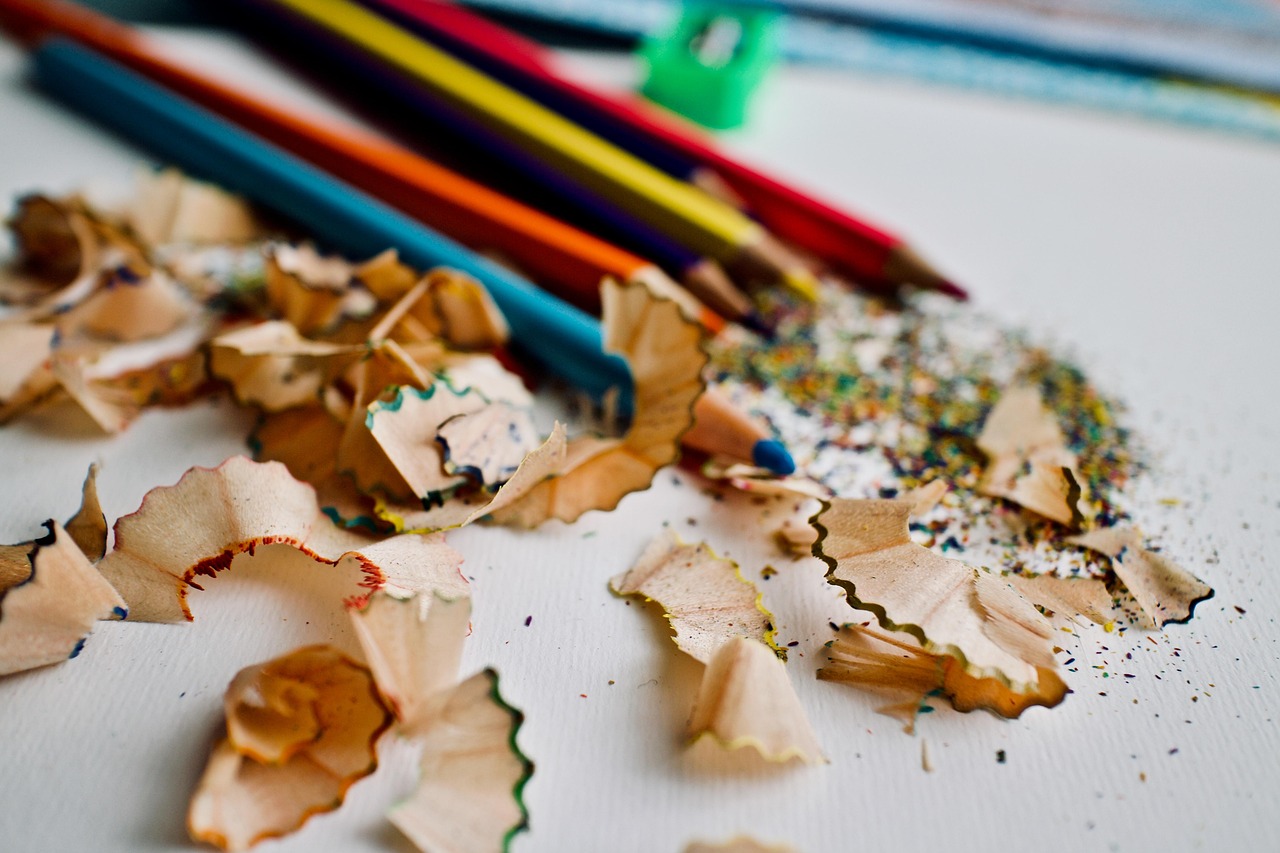Unlocking a child’s creative potential is one of the most rewarding aspects of parenting and education. In a world increasingly driven by innovation and problem-solving, nurturing creativity in children is more vital than ever. But how exactly do we foster this essential skill? This article explores practical ways to cultivate creativity in kids, providing insights and actionable strategies for parents and educators alike.
Why is Creativity Important for Kids?
Cognitive Development
Creativity isn’t just about artistic talent; it’s a fundamental cognitive skill that impacts various aspects of a child’s development.
- Problem-solving: Creative thinking allows children to approach problems from different angles and find innovative solutions.
Example: A child trying to build a tower with blocks might creatively use books to create a wider base for stability.
- Critical thinking: Creativity encourages children to question assumptions, analyze information, and develop their own perspectives.
- Cognitive flexibility: It enhances the ability to adapt to new situations and think outside the box.
Emotional and Social Growth
Beyond cognitive benefits, creativity plays a crucial role in emotional and social well-being.
- Self-expression: Creative outlets like art, music, and writing provide children with avenues to express their emotions and feelings.
- Confidence building: Successfully completing creative projects, no matter how small, can boost a child’s self-esteem and confidence.
- Empathy: Engaging in collaborative creative activities helps children understand and appreciate different perspectives, fostering empathy and social skills.
Future Success
In an increasingly competitive world, creativity is a valuable asset. According to a 2010 IBM study, creativity was identified as the most crucial leadership quality for success in business.
- Innovation: Creative individuals are more likely to come up with groundbreaking ideas and solutions.
- Adaptability: The ability to think creatively helps individuals adapt to changing circumstances and navigate uncertainty.
- Entrepreneurship: Creativity is essential for identifying opportunities, developing innovative products or services, and building successful businesses.
Creating a Creative Environment
Providing Space and Resources
A dedicated creative space, whether it’s a corner of a room or an entire studio, can inspire children to explore their imagination.
- Stocking the space:
Art supplies: Paints, crayons, markers, paper, clay, and other materials.
Building materials: Blocks, LEGOs, construction paper, cardboard boxes.
Musical instruments: Simple instruments like shakers, tambourines, or a keyboard.
Books and prompts: Storybooks, coloring books, idea journals, and creative writing prompts.
- Flexibility is Key: Let the space be flexible and adaptable to different projects. Avoid overly structured setups.
- Example: A “creation station” with recycled materials like cardboard tubes, fabric scraps, and bottle caps encourages imaginative construction and upcycling.
Encouraging Open-Ended Play
Open-ended play, where there are no right or wrong answers, is crucial for fostering creativity.
- Unstructured Time: Provide ample unstructured playtime where children can explore their interests and invent their own games.
- Resist the Urge to Intervene: Avoid constantly directing or correcting children’s play. Let them lead the way and make their own discoveries.
- Ask Open-Ended Questions: Instead of asking “What is that?” ask “Tell me about what you’re creating.”
- Example: Provide a box of dress-up clothes and let children create their own characters and stories.
Embracing Mess and Experimentation
Creativity can be messy! Encourage children to experiment and take risks without fear of making mistakes.
- Accepting Mess: Prepare for mess by providing designated areas and cleaning supplies.
- Focus on the Process: Emphasize the importance of experimentation and learning, rather than achieving perfect results.
- Encourage Failure as a Learning Opportunity: Frame mistakes as opportunities to learn and try new approaches.
- Example: Let children experiment with mixing different colors of paint and observing the results.
Creative Activities to Inspire Kids
Arts and Crafts
Arts and crafts activities are a classic way to stimulate creativity and develop fine motor skills.
- Painting and Drawing:
Offer a variety of painting mediums (watercolor, acrylic, tempera) and drawing tools (crayons, pencils, markers).
Encourage children to experiment with different techniques like pointillism, collage, and mixed media.
- Sculpting and Modeling:
Provide clay, playdough, or modeling compounds and let children create three-dimensional objects.
Introduce different sculpting techniques like molding, carving, and assembling.
- DIY Projects:
Engage children in simple DIY projects like making homemade cards, decorating picture frames, or creating personalized gifts.
Storytelling and Writing
Storytelling and writing activities enhance imagination, language skills, and emotional expression.
- Creative Writing Prompts: Provide prompts like “What if animals could talk?” or “Write a story about a magical adventure.”
- Storytelling Games: Play games like “Once Upon a Time” or “Mad Libs” to spark creativity and collaborative storytelling.
- Drama and Role-Playing: Encourage children to act out stories, create their own characters, and improvise dialogue.
Music and Movement
Music and movement activities promote creativity, rhythm, and self-expression.
- Playing Instruments: Introduce children to simple instruments and encourage them to experiment with sounds and rhythms.
- Singing and Dancing: Sing songs, dance to music, and encourage children to create their own dance routines.
- Improvisation: Encourage children to improvise musical melodies or create their own dance moves.
Overcoming Creative Blocks
Reframe the Task
Sometimes, a fresh perspective is all it takes to overcome a creative block.
- Change the Environment: Move to a different location or try working outdoors.
- Break Down the Task: Divide a large project into smaller, more manageable steps.
- Try a Different Medium: If a child is stuck drawing, suggest painting or sculpting instead.
Seek Inspiration
Exposing children to new ideas and experiences can spark their creativity.
- Visit Museums and Galleries: Explore art museums, science museums, and historical sites to expose children to different cultures and perspectives.
- Read Books and Watch Movies: Choose books and movies that are thought-provoking and imaginative.
- Spend Time in Nature: Nature provides endless inspiration for creative exploration and discovery.
Encourage Collaboration
Working with others can help children generate new ideas and overcome creative blocks.
- Brainstorming Sessions: Gather with family or friends and brainstorm ideas together.
- Collaborative Projects: Work on a creative project with others, such as writing a story together or building a collaborative art piece.
- Share Ideas and Feedback: Encourage children to share their ideas and provide constructive feedback to others.
Conclusion
Fostering creativity in children is a continuous process that requires patience, encouragement, and a willingness to embrace the unknown. By providing a supportive environment, engaging in creative activities, and helping children overcome creative blocks, we can empower them to develop their full potential and thrive in a world that demands innovation and adaptability. By consciously nurturing their creative spirits, we equip them with invaluable tools for success and fulfillment in all aspects of their lives. Remember, the most important thing is to let children explore, experiment, and express themselves freely, allowing their imaginations to soar.



